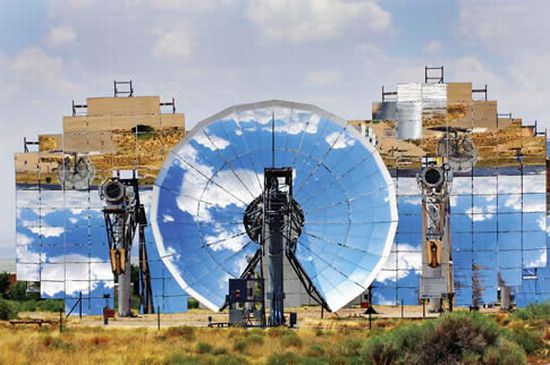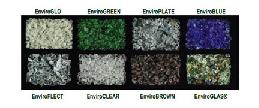
It was a perfect winter day in New Mexico and the sky was 10 percent brighter than normal, when Sandia National Laboratories and Stirling Energy Systems (SES) set a new world record in solar-to-grid system conversion efficiency by achieving an efficiency of 31.25 percent. This is a new world record breaking the old one set in 1984 at 29.4 percent by good 2 points and that is being hailed as a great achievement already. While 2 points o increase in efficiency does not seem much, like in the case of the world 100m sprint record, every minute improvement does matter.
I can’t believe that we are already talking about breaking and making records in the solar industry, all of which makes it look like an exciting and happening prospect. Come to think of it, it is the future in terms of energy resource and should not surprise anyone. The conversion efficiency is calculated by measuring the net energy delivered to the grid and dividing it by the solar energy hitting the dish mirrors. Auxiliary loads, such as water pumps, computers and tracking motors, are accounted for in the net power measurement. Hence the new record is authentically measured and unlike in the case of sprinters, doping is good in semiconductor technology!
Serial #3, the proud owner of the new record, was erected in May 2005 as part of a prototype six-dish model power plant at the Solar Thermal Test Facility that produces up to 150 kilowatts (kW) of grid-ready electrical power during the day. Each dish unit consists of 82 mirrors formed in a dish shape to focus the light to an intense beam. The new record obviously is aided by perfect weather conditions too. But that takes nothing away from the technology. The company is now very excited about taking this new project forward and giving it a commercial shape.
Source: Metaefficient




